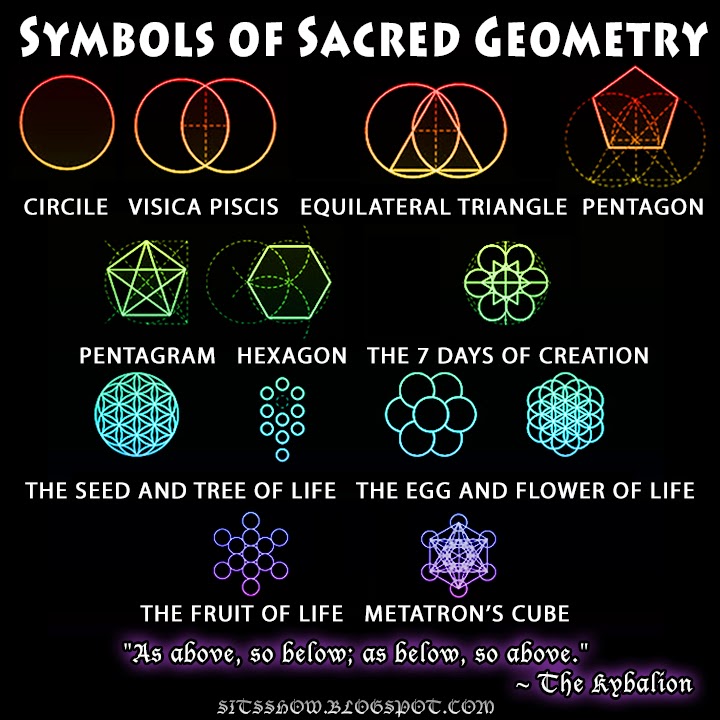
#GEOMETRY SYMBOLS DEFINITIONS PLUS#
Some of the common arithmetic math symbols are: plus sign (+) used for addition, minus sign (-) used for subtraction, asterisk sign (*) or times sign ( ×) used for multiplication, and division sign (÷) or slash sign (/) used for division. This table explains the meaning of every math. List Some of the Common Arithmetic Math Symbols. Math symbols are copy and paste text symbols that can be used in any desktop, web, or mobile applications. Apart from this, the (+) symbol can also be used to indicate a positive number, for example, +7. The addition symbol (+) is usually used while adding two or more numbers, for example, 5 + 5. What are the Uses of the Addition Math Symbol? It is also known as wavelength which is measured in units of distance. The math symbol that is used for the period of a wave is λ. What is the Math Symbol Used for the Period Of a Wave? There are complex symbols like \(\alpha\), \(\varepsilon\) and so on. Some of the basic ones are =,+,−,≠,±, * and so on.

The special symbol used to denote the set is ∪ that looks like "U". Hence, the union of two sets P and Q will be the set of elements in P and Q. The math symbol U is used to denote the set made by combining the elements of two sets. The most common symbols are listed in the following table: Symbolsĥ0% = \(\beginĬheck out the following pages related to math symbols.įAQs on Math Symbols What is U in Math Symbols? We have at least 10,000+ symbols and there are some that we rarely use. The language and vocabulary of mathematics contain a large number of symbols and this list is endless - some being more technical than others. Instead, we can save time and space by using symbols. These words also occupy more space and take time to write. Global effects impact all symbol layers and are applied before any layer symbol effects.If we write the words "adding 4 to 2 gives 6" repeatedly, it might complicate things. Effects listed higher in the stack are applied first.

Dynamic polygon geometry can be displayed by fill symbol layers drawing their interior, stroke symbol layers drawing their outline, and/or marker symbol layers that include marker placements that place the markers relative to a polygon. At least one stroke symbol layer (or one marker symbol layer with a marker placement that places markers relative to a line) must be present to draw dynamic line geometry. At least one marker symbol layer must be present to draw dynamic point geometry. A symbol layer that corresponds with this geometry type must be present. The end of a cumulative chain of symbol effects-including global effects-determines the geometry type of the symbol.To repair a symbol in this state, review the symbol in its entirety from the Structure tab and try to identify inconsistencies. There are no restrictions on how you structure symbols, but be aware that if a symbol is missing the correct symbol layer type to draw the dynamic geometry provided by the effects, a warning appears and the symbol may not draw as expected. Global effects are always applied first, before symbol layer effects. Or, effects can be added within a single symbol layer, impacting only that one. Keep in mind that effects can be applied globally at the top level of a symbol, thereby passing the dynamic geometry to all the layers in the symbol. Since effects can act cumulatively, you can build complex symbols using the basic building blocks of symbol layers and effects. This necessitates a fill layer within the symbol to dictate how this dynamic polygon geometry will be displayed.

For example, the Buffer effect can create dynamic polygon geometry from point or line geometry. Some effects actually dynamically change geometry type. An example is the Dash effect, which dynamically modifies line geometry (making small segments of multipart geometry) before a stroke symbol is painted on. This dynamic geometry is only understood by the symbol itself. Effects within symbols act to dynamically alter the geometry before the graphical aspects of the symbol are applied.


 0 kommentar(er)
0 kommentar(er)
